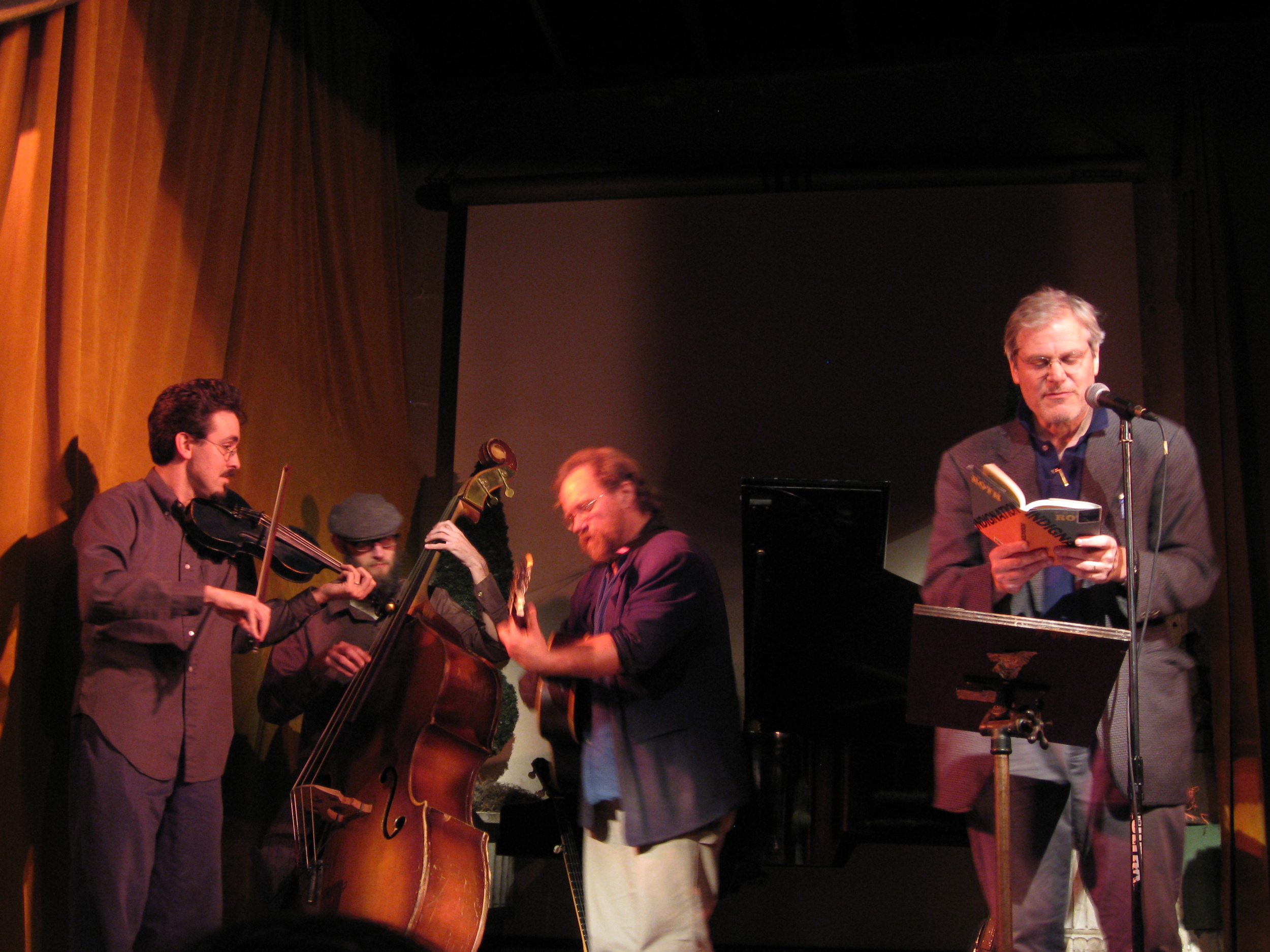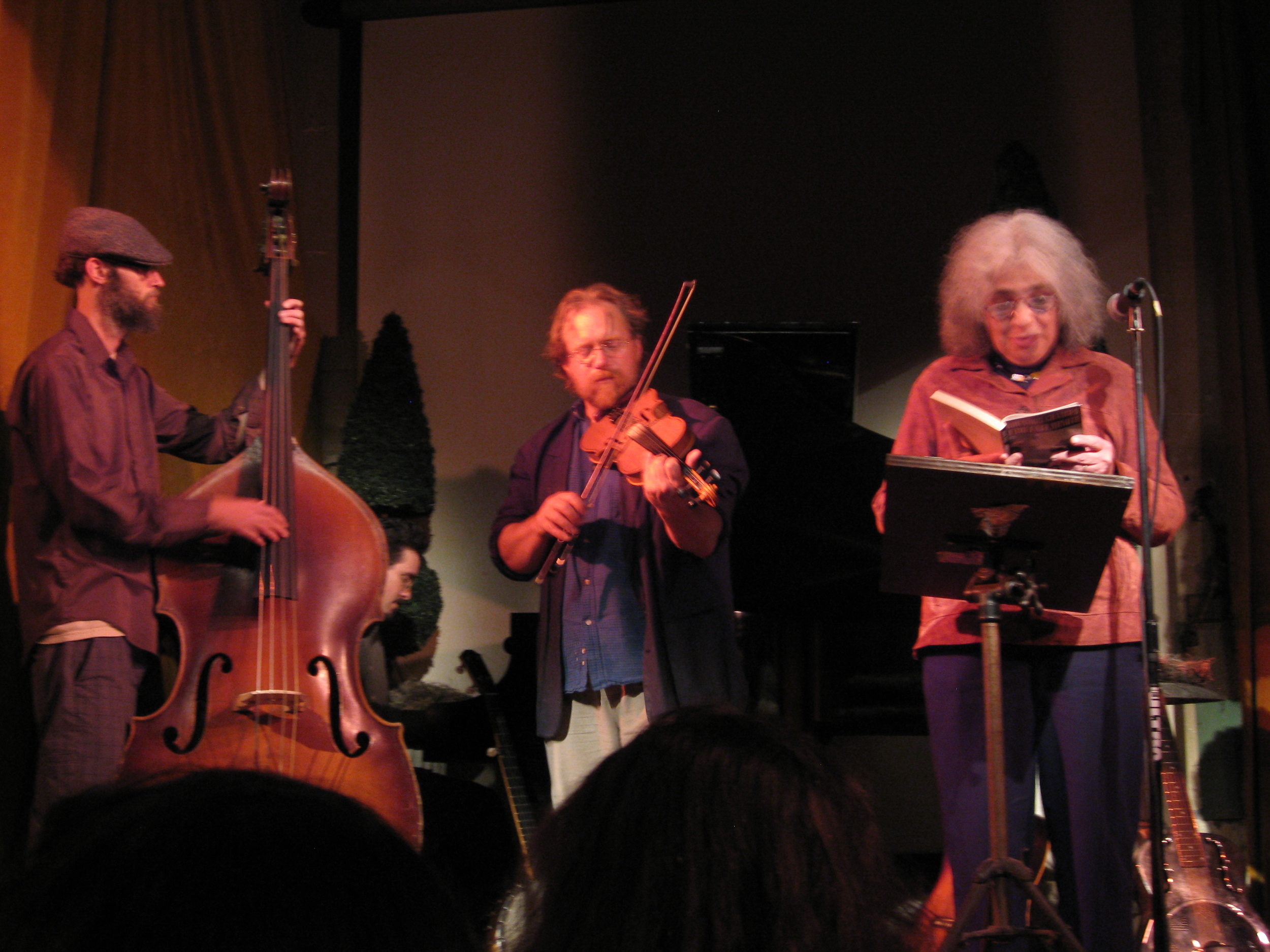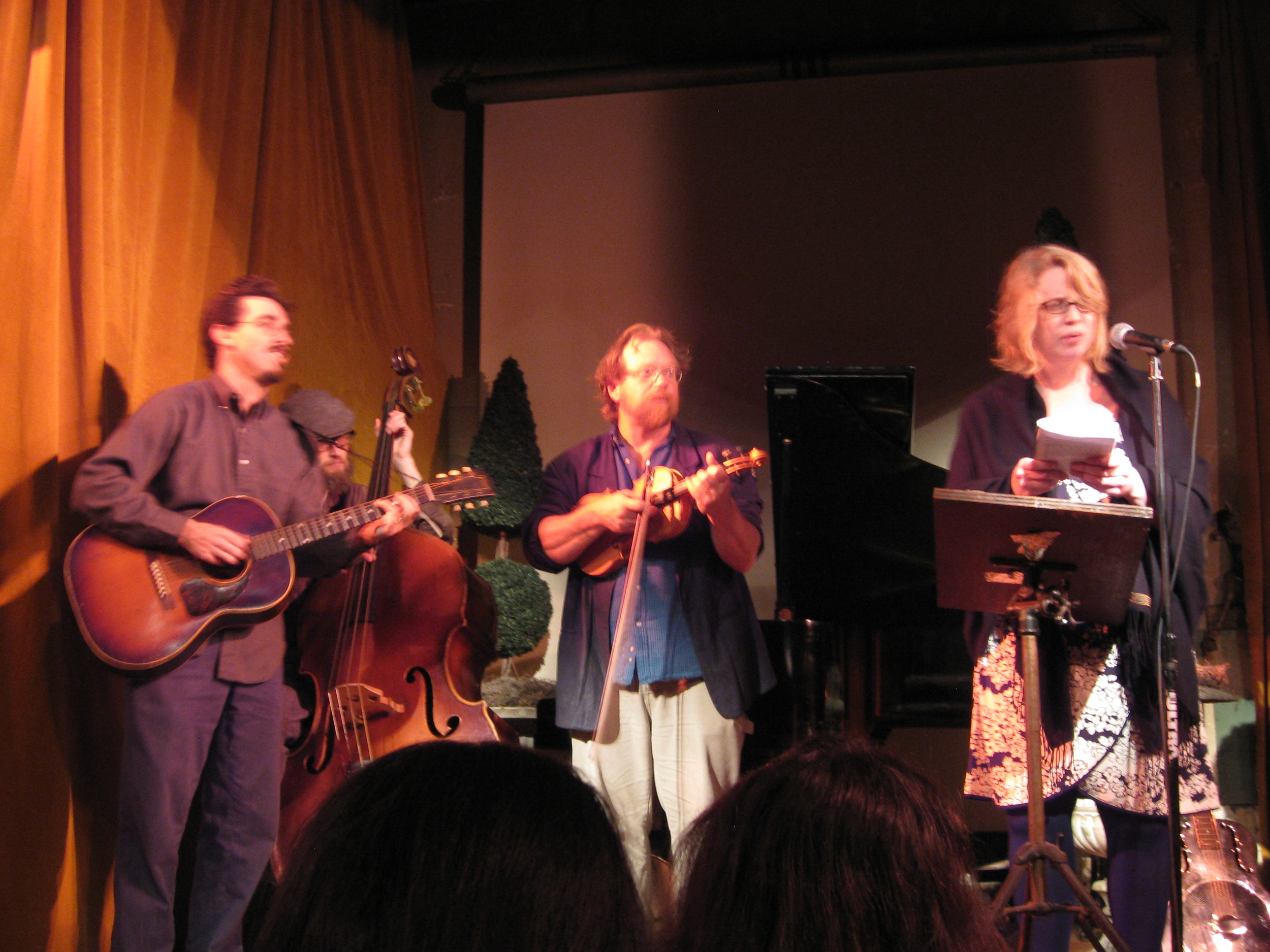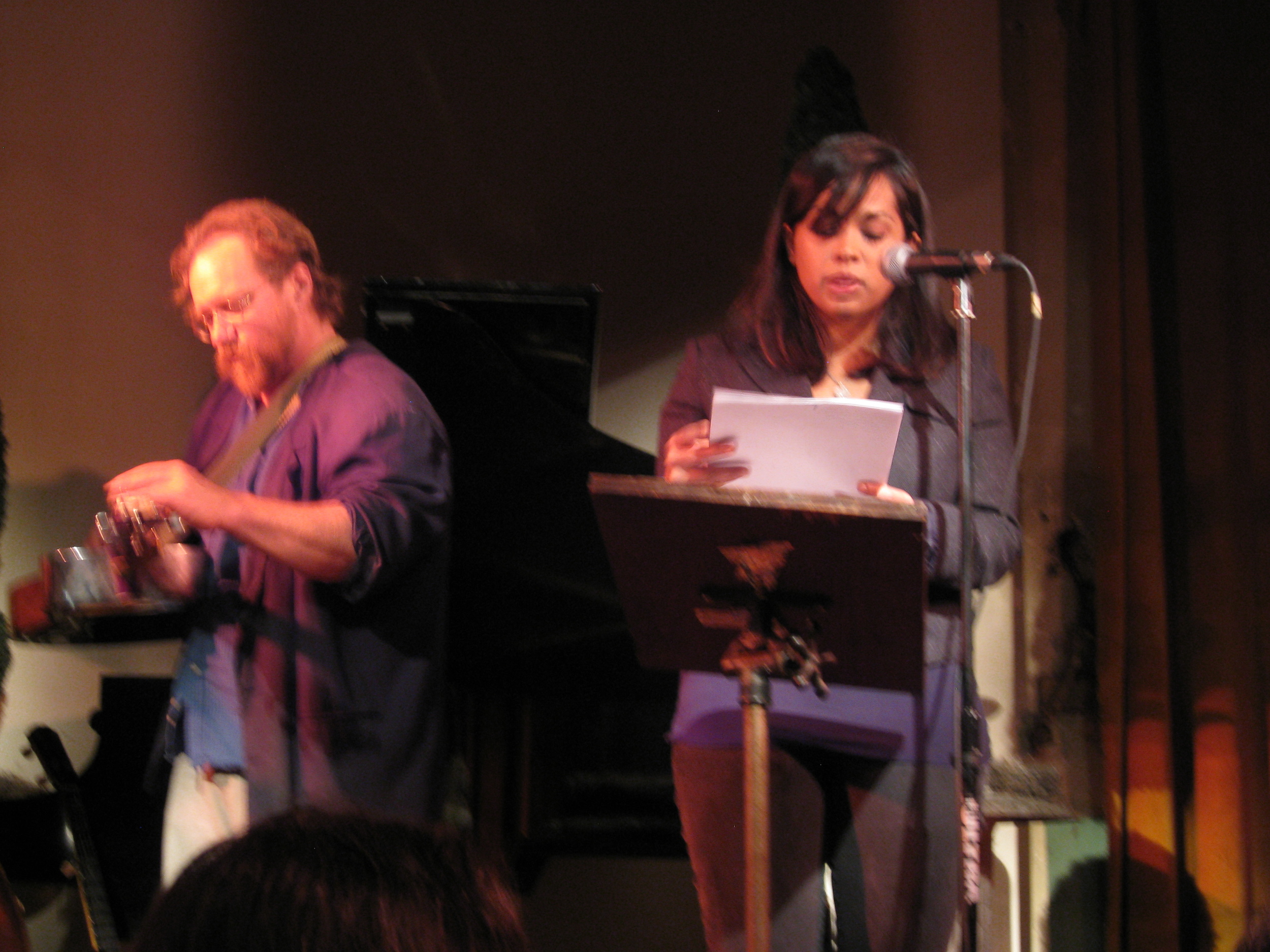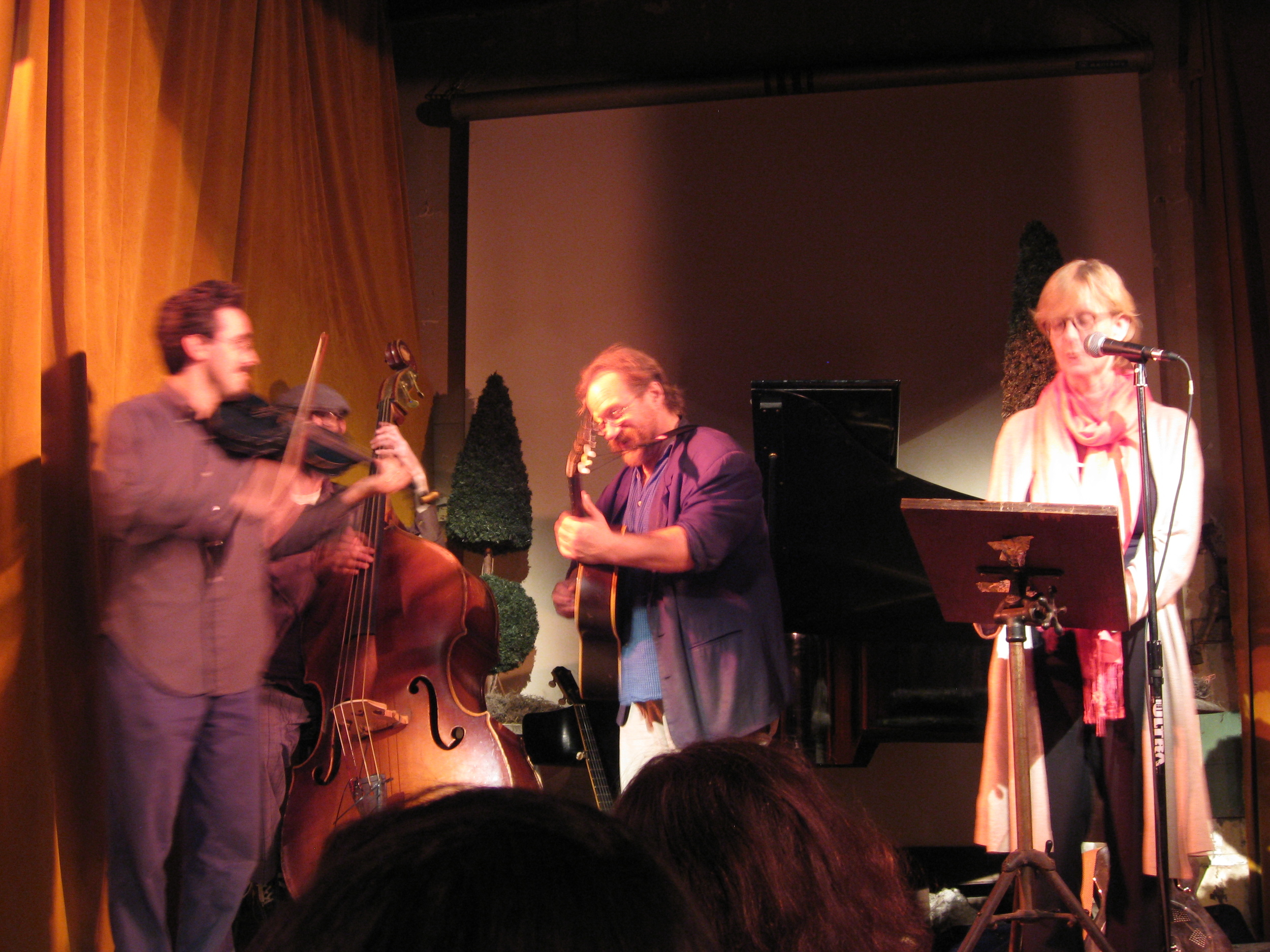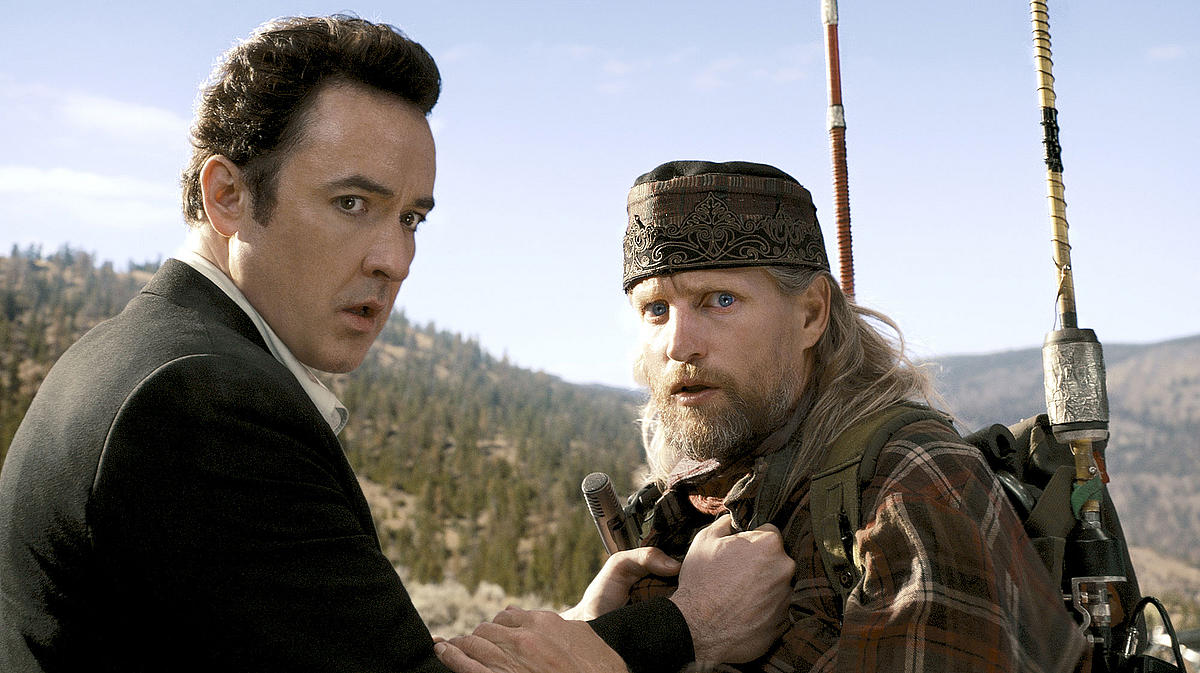So how does one read a short story? If you're thinking of girding yourself for battle by arming yourself with some high-falutin’ literary theory or delving into an author bio lifted from Wikipedia, stop right there. Let me rephrase: How do you read a short story … out loud?
This is a very different question, and it’s one I’ve been asking myself as a result of New Haven Review's collaboration with the Arts Council of Greater New Haven and the New Haven Theater Company. Having wrapped up the first fall season of Listen Here!, the weekly reading series of short stories at coffee houses throughout New Haven, I now find this question ever more pressing as we prepare for our spring 2010 season, and I find myself having to select some 30 stories over the month of January.
Reading aloud with adult audiences in mind is a unique experience, one that raises questions about the readers’ capabilities, audiences’ likely reception, and the internal voice — or rather voices — that suffuse all great short stories. Like those of most parents, my experiences reading aloud stem from feeble attempts at sonority in trying to send children to lullaby land. Not infrequently, it was I who led the way, with my son eventually pushing me out of bed, claiming that not only was I nodding off in the middle of the story but I was also babbling. For my son and daughter, I commonly assumed dramatic airs when I read, doing my best Rich Little as I took on the challenge of voicing characters: Harry Potter was inevitably read with an upper-crust British tinge; Tom Bombadil from The Fellowship of the Ring spoke with an Irish lilt; Aslan of The Lion, the Witch and the Wardrobe declaimed in a stentorian bass while Edmund spoke in a whine that grew less nasal as he matured. But my audience then was not especially demanding, which thankfully kept the bar low.
The short stories that I plowed through for Listen Here's fall 2009 season, however, did not lend itself to such easy passes. Instead they raised pesky issues of tone and timing, accent and accuracy--issues I had successfully elided while reading to my kids. In essence, I found myself asking questions that, I suspect, actors and directors consider when a story passes from that silent space in our skulls through the vocal cords in our throat into the sound-resonating air we exhale.
Normally I read in silence — as do we all. But for Listen Here! there was no way around testing stories aloud. This meant doing my best trying to capture the internal voice of the tale. For James Joyce’s “Araby,” a plaintive tale of boyhood love and gallantry gone awry, should the reader assume a middle-class Irish brogue to recreate the post-pubescent protagonist’s sensibility of the narrator's story-telling persona? Or would a plain-Jane Americanized reading do just as well? I’ll admit that when I read it aloud, I went all in for the brogue, despite my lousy Irish.
Or consider an even more complicated example, John Updike’s “A&P,” one of my favorite stories of gender and class, inevitably at odds. When I first read the story aloud in the privacy of my living room, the adopted voice was flatly American (notwithstanding the bit of Brooklyn that occasionally peeked through). This is the voice I typically take on as the starting point for any story I sound out. But by the third page my mistake had become all too obvious: “It’s not as if we’re on the Cape: we’re north of Boston and there’s people in this town haven’t seen the ocean for the twenty years.”
Aha, a signal! So what we require here is a Boston accent. Moreover, the narrator is a local, handling the cash register, in dramatic contrast to the high-class, bathing-suited "Queenie," who strolls the local A&P to pick up herring snacks. So not only Boston, but working class Boston. Since "A & P" is first person narration, this all seems straightforward enough. Just a quick study of Matt Damon in Good Will Hunting, and we're off and away.
But then I noticed something else--an entirely reasonable mistake on my part. Updike’s narrator may be uncouth enough to give us the ungrammatical “there’s people in this town,” but he doesn’t deliver any sort of Huckleberry Finn-like “… we’re nahth of Bahston” in the actual writing. For that, the reader will have to deliver all of the local color that orthography has politely refused. So my tone changed: now I was a Bahston cashier, leering at these smaht-looking girls. That was, until I ran into the story’s spoil-sport store manager, Lengel, who notices the under-dressed girls sauntering up to our narrator’s cash register to pay for those herring snacks. “Girls, this isn’t the beach,” he says — according to our narrator, of course — to which Queenie replies: “My mother asked me to pick up a jar of herring snacks.”
Problem alert! Queenie’s dialog is relayed by our narrator, so what is a publicly performing reader to do? Does the narrator (and thus reader) imitate the authoritative baritone — or should it be a high-pitched nag — of his boss? Does Queenie’s round contralto — or should we make that a surprised soprano — shed the narrator’s Bahston-y flavoring? All good questions as I stumbled around and settled on gently raising my timbre for the supermarket lovely while turning “jar” into “jah” to keep the narrator’s voice in the forefront, so my audience does not forget that it’s still his imitation of her.
Sound complicated? It is, and don’t even get me started on translations or mind-bending humor pieces, like Woody Allen’s “The Kugelmass Episode,” in which a City College professor with lotsa New Yawk in his attitude (but not in his orthography) is magically transported into Flaubert’s Madame Bovary so he can start an affair with the beautiful Mrs. Bovary.
Emma turned in surprise. “Goodness, you startled me,” she said. “Who are you?” She spoke in the same fine English translation as the paperback. It’s simply devastating, he thought.
Devastating, indeed, to which I say, God bless the actors, one and all, who can make heads or tails of these challenges.
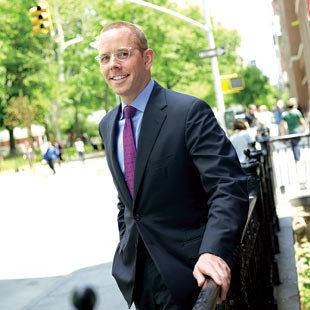


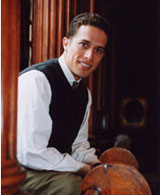

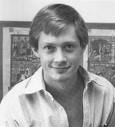
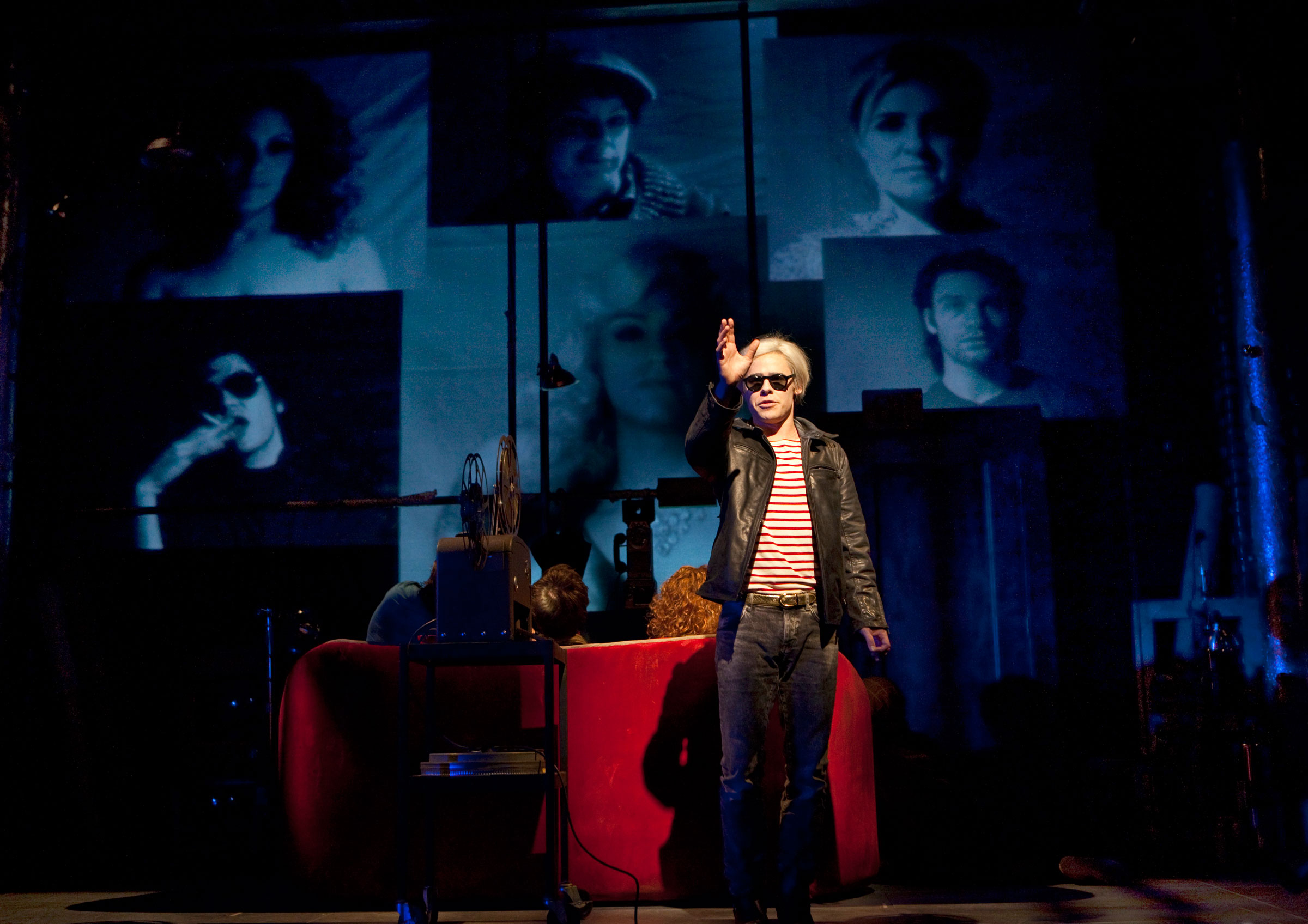 Pop!, the new musical now playing in its world premiere at the Yale Rep, could have been a camp classic: staging a song-and-dance extravaganza on the shooting of famed pop artist, provocateur, and blasé icon Andy Warhol at the hands of a disaffected feminist revolutionary, Valerie Solanis, in 1968. The silver Factory, Warhol’s headquarters at 231 East 47th street in NY, was famed for its stable of hangers-on, including “poor little rich girl” Edie Sedgwick, pre-op transexual Candy Darling, and other would-be geniuses. From this remove, it would be possible to play these characters for laughs, as a collective disgorging of whatever is stored in the closet marked “NYC Underground c. 1967.” Along the way, we might be amused (or not) by the fact that one of these “superstars” had the wherewithal to shoot and critically wound The Master.
Pop!, the new musical now playing in its world premiere at the Yale Rep, could have been a camp classic: staging a song-and-dance extravaganza on the shooting of famed pop artist, provocateur, and blasé icon Andy Warhol at the hands of a disaffected feminist revolutionary, Valerie Solanis, in 1968. The silver Factory, Warhol’s headquarters at 231 East 47th street in NY, was famed for its stable of hangers-on, including “poor little rich girl” Edie Sedgwick, pre-op transexual Candy Darling, and other would-be geniuses. From this remove, it would be possible to play these characters for laughs, as a collective disgorging of whatever is stored in the closet marked “NYC Underground c. 1967.” Along the way, we might be amused (or not) by the fact that one of these “superstars” had the wherewithal to shoot and critically wound The Master.
